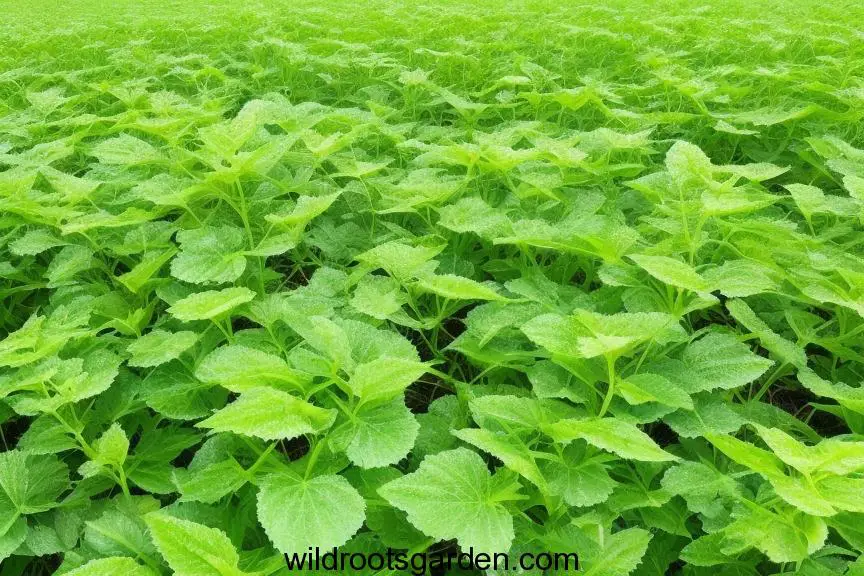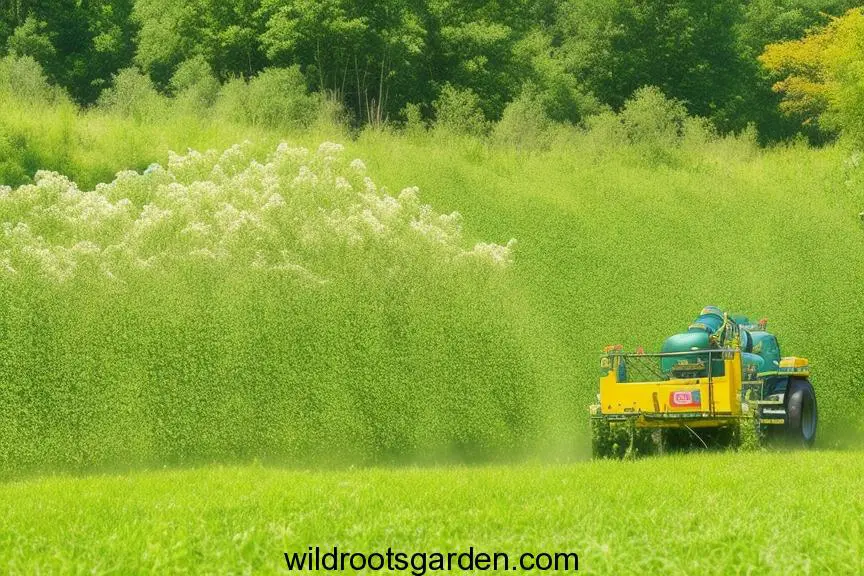Types of Garden Weeds. One of the challenges of gardening, which is a great way to get in touch with nature, is getting rid of weeds in the garden. These bothersome intruders can easily take over your attractive garden if they are not kept under control. In this essay, we’ll examine the topic of garden weeds, including a variety of types, characteristics, and workable prevention strategies. Weeds are unwelcome visitors to your garden and compete with the plants you have chosen for nutrients, sunlight, and water. Due to their quick reproduction and adaptability, they are a frequent problem for gardeners. Understanding the various types of garden weeds and their characteristics is necessary for maintaining a healthy and successful garden.
JUMP TO TOPIC
- 1 Understanding Garden Weeds
- 2 Common Types of Garden Weeds
- 3 Characteristics of Different Weeds
- 4 Impact of Weeds on Gardens
- 5 Prevention and Control
- 6 Cultural Methods
- 7 Mechanical Methods
- 8 Chemical Methods
- 9 Natural Approaches to Weed Management
- 10 Tools for Weed Removal
- 11 Maintaining a Weed-Free Garden
- 12 Creating a Weed Management Plan
- 13 Best Practices for Weed Prevention
- 14 The Importance of Timely Intervention
- 15 Weed Identification and You
- 16 FAQs
Understanding Garden Weeds
Weeds are plants that invade gardens without permission. Their growth cycles are typically brief, and they have the ability to reproduce vegetatively or through seeds. Weeds can be categorized into different groups based on their life cycles and physical characteristics.
Common Types of Garden Weeds

Annual Weeds
Annual weeds have a single year of development. They emerge from seeds, grow, flower, produce seeds, and finally perish all in the course of one growing season. Common examples include chickweed and crabgrass.
Perennial Weeds
Perennial weeds have lengthy life cycles that frequently last for several years. They can grow from the same root system repeatedly. Bindweed and dandelions are two examples of perennial weeds.
Biennial Weeds
Weeds that are biennial have a two-year life cycle. They sprout and develop leaves the first year, and the second year they blossom, set seed, and eventually perish. A couple of examples of biennial weeds include mullein and foxglove.
Characteristics of Different Weeds
Broadleaf Weeds

Broadleaf weeds are easy to recognize because of their big, flat leaves. They frequently face off against important plants for scarce resources. Plantains, clover, and dandelion are examples of broadleaf weeds.
Grassy Weeds
As they resemble grass, it could be challenging to tell the difference between healthy lawn grasses and grassy weeds. They might compete for nutrients and spoil a lawn’s uniform appearance. Crabgrass and quackgrass are typical grassy weeds.
Sedge Weeds
Triangular stemmed sedge weeds are generally found in damp areas. Despite seeming like grasses, they can be identified by their unique characteristics. Yellow nutsedge and annual sedges are examples of sedge weeds.
Impact of Weeds on Gardens
Weeds can harm gardens in negative ways. Cultivated plants compete with each other for resources like water, nutrients, and sunlight. Weeds can be a shelter for pests and diseases, further endangering the health of your garden.
Prevention and Control
Cultural Methods
Cultural methods involve creating an environment that discourages weed development. This includes techniques like mulching, consistent watering, and ideal plant spacing.
Mechanical Methods
The use of mechanical tools physically removes weeds from the garden. This can be done using a hoe, by hand pulling, or by using tools like weed pullers.
Chemical Methods
Herbicides are applied in chemical weed-control strategies. Selective herbicides specifically target weeds, whereas non-selective ones can destroy a wide range of plants.
Natural Approaches to Weed Management

Herbicides are applied in chemical weed-control strategies. Selective herbicides specifically target weeds, whereas non-selective ones can destroy a wide range of plants.
Tools for Weed Removal
The effectiveness of weed eradication can be improved with the right tools. Use hand trowels, hoes, and weed pullers to efficiently eliminate weeds while protecting attractive plants.
Maintaining a Weed-Free Garden
For your landscape to remain weed-free, regular maintenance is required. Regularly inspect your garden, get rid of weeds as soon as you find them, and make sure your plants have adequate space to expand.
Creating a Weed Management Plan
Understanding the many types of weeds in your garden, putting preventative tactics into practice, and having a strategy for intervention when necessary are all part of creating a thorough weed management plan.
Best Practices for Weed Prevention
Your gardening efforts will be much more successful if you employ strategies like planting in thick rows, using weed-free soil, and mulching at the right time.
The Importance of Timely Intervention
Early weed control is crucial. Because they may grow quickly, weeds can soon take over your garden if they aren’t dealt with.
Weed Identification and You
Effective identification and control of weeds depend on having a thorough understanding of the various varieties and their traits. Check your garden frequently to remove weeds before they become a problem.
Garden weeds may be stubborn, but with the right information and practical techniques, you can keep your garden flourishing and free from their invasive clutches. You may create an environment where your plants can thrive by being aware of the many sorts of garden weeds and taking preventative steps.
FAQs
Q1: Are all weeds harmful to my garden? A: While not all weeds are equally harmful, most compete with your desired plants for resources.
Q2: Can I use natural methods exclusively to control weeds? A: Yes, natural methods can be effective, but a combination of approaches may yield the best results.
Q3: Are there weeds that have beneficial properties? A: Some weeds, like clover, can actually benefit your garden by fixing nitrogen in the soil.
Q4: How often should I inspect my garden for weeds? A: Regular inspections, at least once a week, will help you catch and address weeds early.


